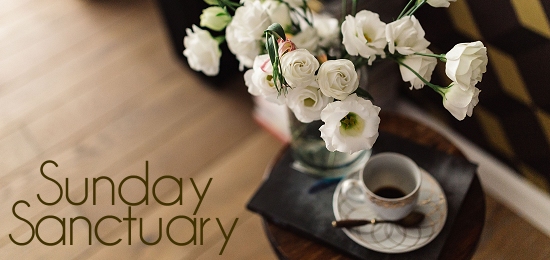
Though I had a home computer and dot matrix printer when I was in college, the first computer to have a modem and thus an internet connection was a Windows98 computer that came with a free month of AOL. I still remember the exciting dial tone, beeps, and then SCREECH of that 56.K Modem connecting to the world beyond my walls. And, of course, the exciting announcements from AOL of  “Welcome” and if you were lucky, “You’ve Got Mail”.
“Welcome” and if you were lucky, “You’ve Got Mail”.
The thing about the “you’ve got mail” part was that until you found others to connect to, that mail box was pretty empty. Can you remember the days when getting an email was fresh, new, and rare?
After quickly boring of chat rooms and IMs from complete strangers, I wondered about what I could find online. You probably aren’t surprised that one of the first things I searched for was “Trixie Belden books”, wondering if I could find replacements for the ones my mother sold in a garage sale.
Then I discovered Zap’s Trixie Belden Message Board. It wasn’t long before I began to do something I hadn’t imagined possible with the internet: cultivate real friendships.
Back in the olden days of the internet, it took effort to get to know someone. You had to comment on message board threads, send direct messages, and exchange email addresses. There were no Facebook posts to like or Instagram selfies to see who you were connecting with.
It began with words. Because, back in those days, getting a photo online wasn’t an easy task. You had to send emails. Exchange phone numbers. Send real mail. And comment on each other’s writings. (Yes, I confess to both writing and reading an inordinate amount of Trixie Belden Fan Fic way back when.)
All of this comes up for me right now because one of my first good internet friends passed away on May 25th.
We met on that Trixie Belden Message Board in 1998. We began emailing and eventually exchanged phone numbers, talking at least once a 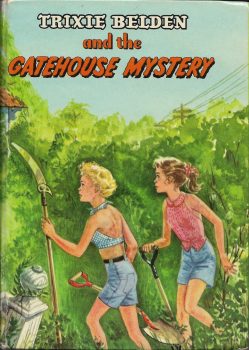 week. Although she lived in Pennsylvania and I lived in Texas, eventually we put together a sleepover at my house. We invited several other Trixie friends to join us, the first of three or four ladies’ weekends.
week. Although she lived in Pennsylvania and I lived in Texas, eventually we put together a sleepover at my house. We invited several other Trixie friends to join us, the first of three or four ladies’ weekends.
When I began blogging, I encouraged all my internet friends to blog, too. We exchanged emails and phone calls and learned about each other’s lives in that way, but those early blogs allowed us to connect in a deeper way.
We became creative kindreds.
Though I moved on from Fan Fic and began writing for All Things Girl in 2002, she and I still stayed connected. We continued talking on the phone, exchanging emails, reading each other’s blogs, and never missed a birthday or Christmas. I still use the Pampered Chef garlic press she gave me one year.
When I took my oldest daughter to the ER because of her suicidal thoughts, she stayed on the phone with me on the drive there. She was a high school guidance counselor and understood the ways of the teen mind.
When I divorced, she came for a visit and took me shopping. She wanted me to have a “happy divorce” gift, and the pair of lamps we chose were a reminder of her love and light.
We knew each other before she married. Shared intimate details about our lives, including our sex lives. We talked about our dreams and desires for the future. We explored our views of God and creation and faith and hope.
Over the years, my focus became ensuring that the bills got paid, a task harder to do after divorcing. I stopped blogging as much and drifted away from most of my friends. Compartmentalization was the way I survived, and I missed the connections. Yet, I didn’t have the bandwidth nor did I wish to burden her (or others) during those years I traveled 200+ days a year.
 The thing was, though, I had a secret anonymous blog. She found it, figured out it was me, and loyally kept my secrets. After moving to Ohio, and settling down into a semblance of ordinary life, I sent her a long letter, apologizing for drifting away, and making confessions.
The thing was, though, I had a secret anonymous blog. She found it, figured out it was me, and loyally kept my secrets. After moving to Ohio, and settling down into a semblance of ordinary life, I sent her a long letter, apologizing for drifting away, and making confessions.
She accepted my apologies and told me she knew about my secrets and didn’t judge me for them. We began letters and cards and the occasional calls. But, less frequently.
It seems as if I am on the phone less often these days outside of talking with clients.
All the things we do in real life to deepen a friendship seemed actually easier in the days before social media. We had to make an effort. We had to write more than 140 characters. We had to send individual emails, not blasts. We had to pick up the phone and talk rather than sending a text.
Yes, all those things now seem like so much effort, but cultivating real friendships take effort. Yes, social media is easier. But let’s be honest: it’s less personal. And now thanks to the advent of anything we post being kinda “forever”, we are far less likely to share what’s really going on in our lives.
Real vulnerability, something that’s needed for folks to connect, doesn’t happen when you’re sharing with the world. That requires intimacy. Social media is not intimate. Though I try to be authentic, I know that vulnerability is something that only trusted people get to witness.
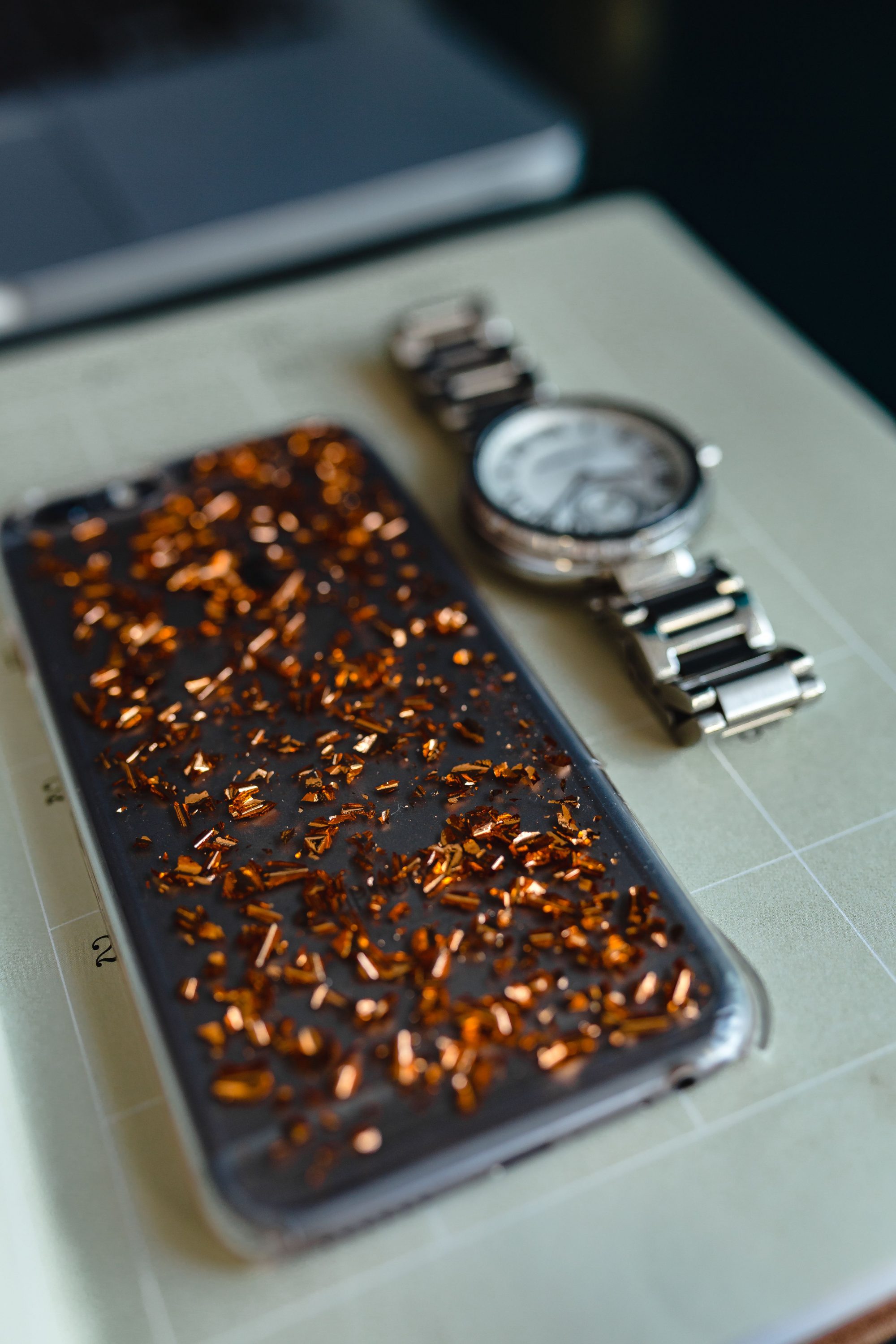 I found out about her death on Facebook.
I found out about her death on Facebook.
I had vaguely known she was back in the hospital due to her battle with a rare liver disease. The last posts I had seen made by her, she seemed hopeful and upbeat about being on the transplant list. I am ashamed that I have begun relying upon social media to know what’s happening in so many of my friend’s lives.
Is social media, the way to connect with hundreds of friends, actually making us less social and more shallow?
And the thought that plagues me this many weeks later is: what if I hadn’t see the post her mother made on her daughter’s Facebook page announcing her death?
I used to write in my blog daily. I sent multiple personal emails a day. I never missed getting a birthday card in the mail to a friend. It feels as if all the ways social media makes it oh, so easy to connect actually is eroding the ways to truly connect. And, I have to be honest: all the ways I create seem harder now that social media is there to distract me.
I write thousands and thousands of words less per month than I used to write. That’s because all that clicking and checking on Facebook, Twitter, Instagram, and my favorite news sites are addictive. And an easy way to numb. And an easy to distract myself when writing feels tough.
I have been making a hard effort to be on all those social media platforms less.
But what if I hadn’t seen that one post? What if in my need to curb my addiction to clicking and scrolling, I didn’t know she had died?
How do we cultivate friendships now in the age of social media? I mean, real friendships. The people you can call when you have a challenge with your teenager? The friend you can tell you’re having marital issues and know they’ll be a voice of wisdom (and keep it private)? The folks that you can spend hours on the phone with, laughing over the craziness of life and getting older?
Deep in my heart of hearts, I know that cultivating real friendships thanks to the world wide web is possible. Yet, how do we go beyond the surface? How to we stay attentive to what needs to be tended, like our business pages on Facebook, while carving out the time for deeper connections?
How can we keep building these true, deeper connections? Connections, which frankly, we all desperately are needing?

Are we destined to learn about births and deaths – marriages and divorces – on social media?
All I know is that this death of one of my first creative kindreds has sobered me. And inspired me to connect in ways outside of social media. After writing a sympathy card to her husband and mailing a check in her memory to her school, I sent another half-dozen cards and notes out to friends. A thank you note here, a birthday card there, and a few hey-I-was-thinking-of-you letters.
I need my creative kindreds far and wide. And I am grateful to first meet them thanks to a blog they write or a photo of their favorite cup on Instagram. I also know I need more.
And some way, I need to cultivate the time and space to make that happen.
About the Author: Debra Smouse
 Debra Smouse is a self-admitted Tarnished Southern Belle, life coach, and author of Clearing Brain Clutter: Discovering Your Heart’s Desire and Clearing Soul Clutter: Creating Your Vision. When she’s not vacuuming her couch, you’ll find her reading or plotting when she can play her next round of golf. She’s the Editor in Chief here at Modern Creative Life. Connect with her on Twitter, Facebook, and Instagram.
Debra Smouse is a self-admitted Tarnished Southern Belle, life coach, and author of Clearing Brain Clutter: Discovering Your Heart’s Desire and Clearing Soul Clutter: Creating Your Vision. When she’s not vacuuming her couch, you’ll find her reading or plotting when she can play her next round of golf. She’s the Editor in Chief here at Modern Creative Life. Connect with her on Twitter, Facebook, and Instagram.
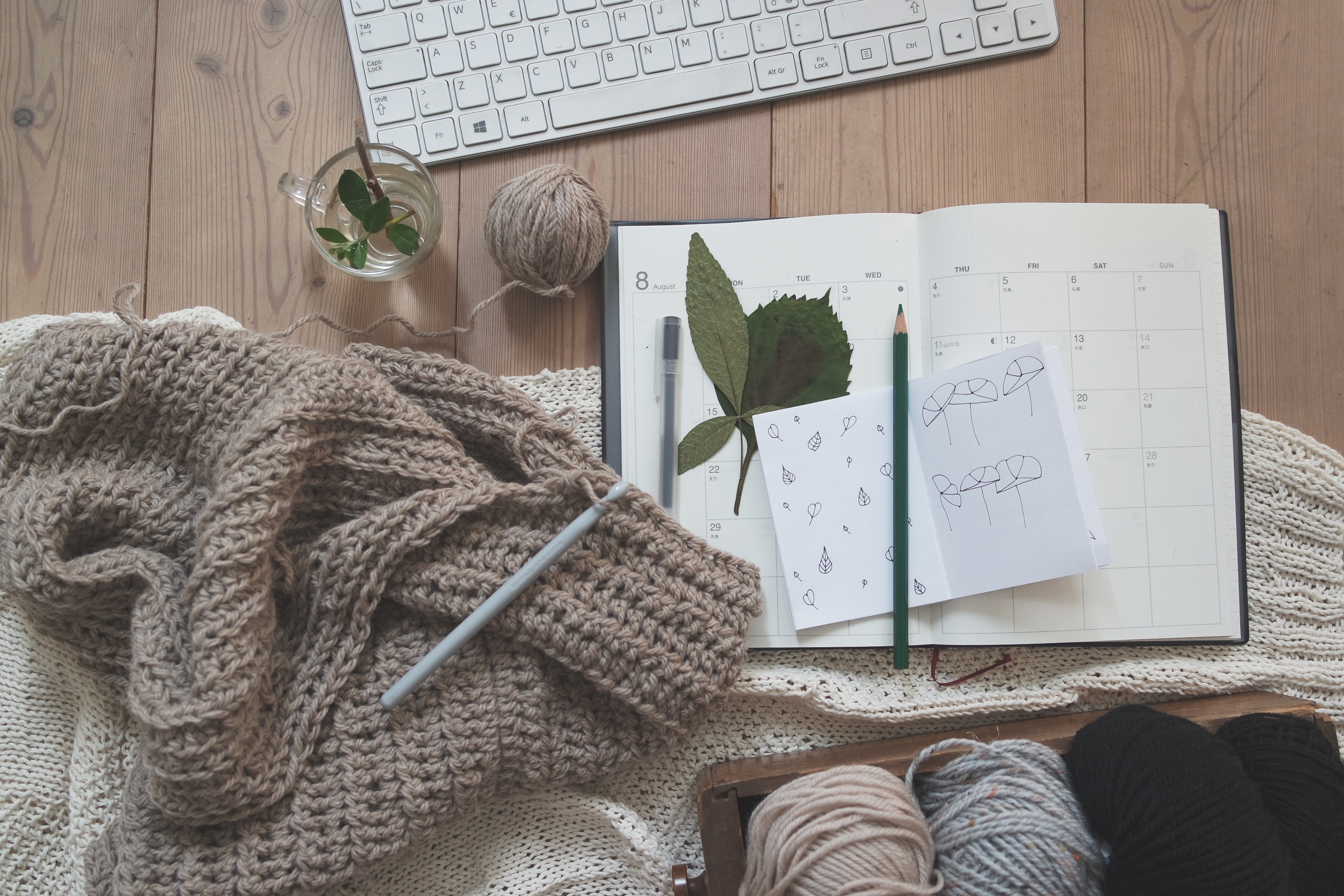
 Patricia Wellingham-Jones is a widely published former psychology researcher and writer/editor. She has a special interest in healing writing, with poems recently in The Widow’s Handbook (Kent State University Press). Chapbooks include Don’t Turn Away: poems about breast cancer, End-Cycle: poems about caregiving, Apple Blossoms at Eye Level, Voices on the Land and Hormone Stew.
Patricia Wellingham-Jones is a widely published former psychology researcher and writer/editor. She has a special interest in healing writing, with poems recently in The Widow’s Handbook (Kent State University Press). Chapbooks include Don’t Turn Away: poems about breast cancer, End-Cycle: poems about caregiving, Apple Blossoms at Eye Level, Voices on the Land and Hormone Stew.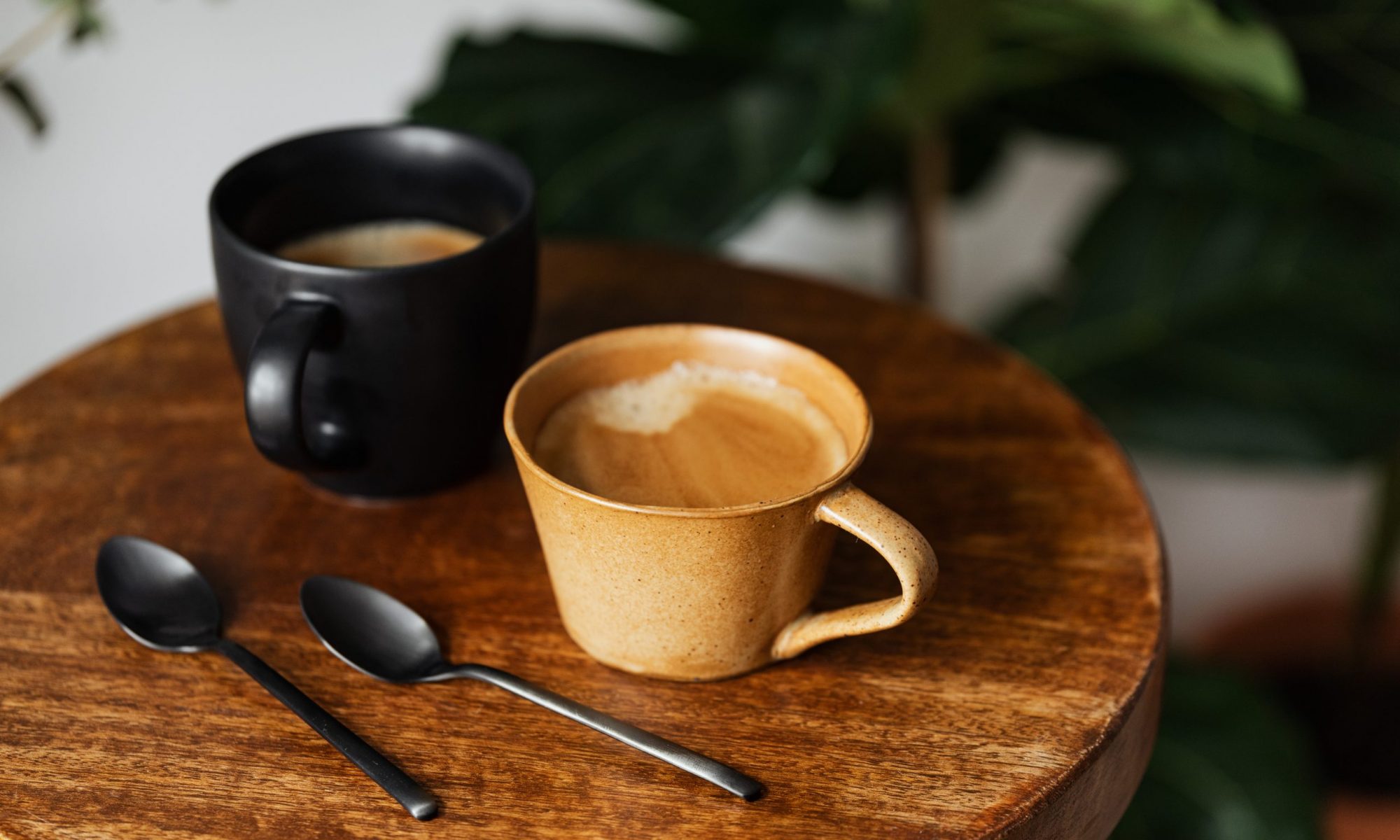
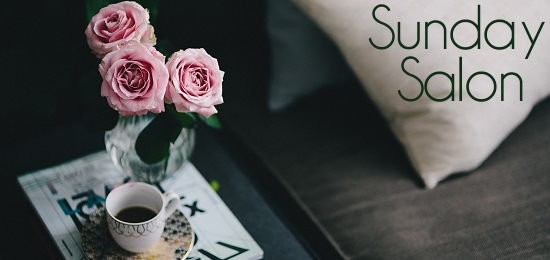
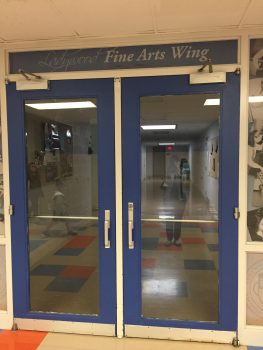 The occasion was a final walkthrough of the building where I went to high school, a Catholic school for girls that recently announced it would be closing due to lack of enrollment after 75 years in the community. And though I didn’t love high school like I loved elementary school and junior high school, had not in fact ever been back inside my alma mater for anything since the day I graduated in 1974 (even though I live only a couple of miles away), I decided to pay my respects on this final day when the school was open to alumni one last time.
The occasion was a final walkthrough of the building where I went to high school, a Catholic school for girls that recently announced it would be closing due to lack of enrollment after 75 years in the community. And though I didn’t love high school like I loved elementary school and junior high school, had not in fact ever been back inside my alma mater for anything since the day I graduated in 1974 (even though I live only a couple of miles away), I decided to pay my respects on this final day when the school was open to alumni one last time.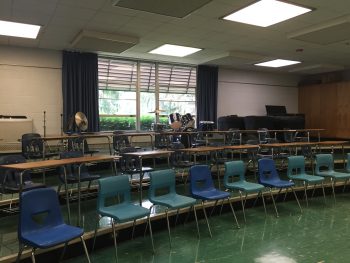 The room itself looked remarkably the same, rows of chairs lining the built-in risers, a bank of windows along the wall showing the long driveway leading up to the front of the building, the upright piano in the same place on the right of the podium. There were a few other women looking around the room, ranging in age from their early 20’s to over 70. I heard one phrase repeated over and over again.
The room itself looked remarkably the same, rows of chairs lining the built-in risers, a bank of windows along the wall showing the long driveway leading up to the front of the building, the upright piano in the same place on the right of the podium. There were a few other women looking around the room, ranging in age from their early 20’s to over 70. I heard one phrase repeated over and over again.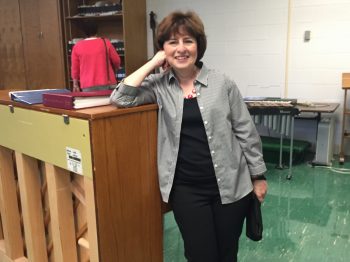 because her parents were getting divorced. I rehearsed for hours with singers and instrumentalists, working our way through everything from the Messiah to Rodgers and Hammerstein.
because her parents were getting divorced. I rehearsed for hours with singers and instrumentalists, working our way through everything from the Messiah to Rodgers and Hammerstein.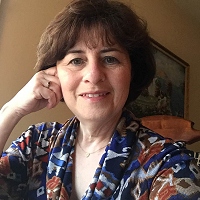 Becca Rowan lives in Northville, Michigan with her husband. She is the author of
Becca Rowan lives in Northville, Michigan with her husband. She is the author of 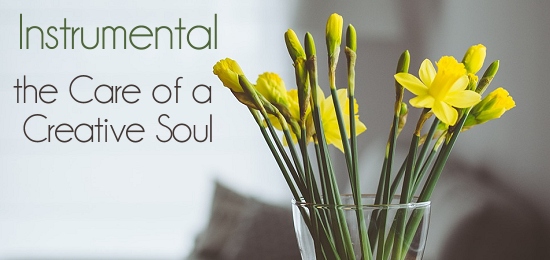



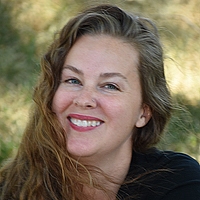 Keva Bartnick is an artist, writer, and lightworker. Happily married mother of three; she’s been inspiring people to be their most courageous selves since 2015.
Keva Bartnick is an artist, writer, and lightworker. Happily married mother of three; she’s been inspiring people to be their most courageous selves since 2015.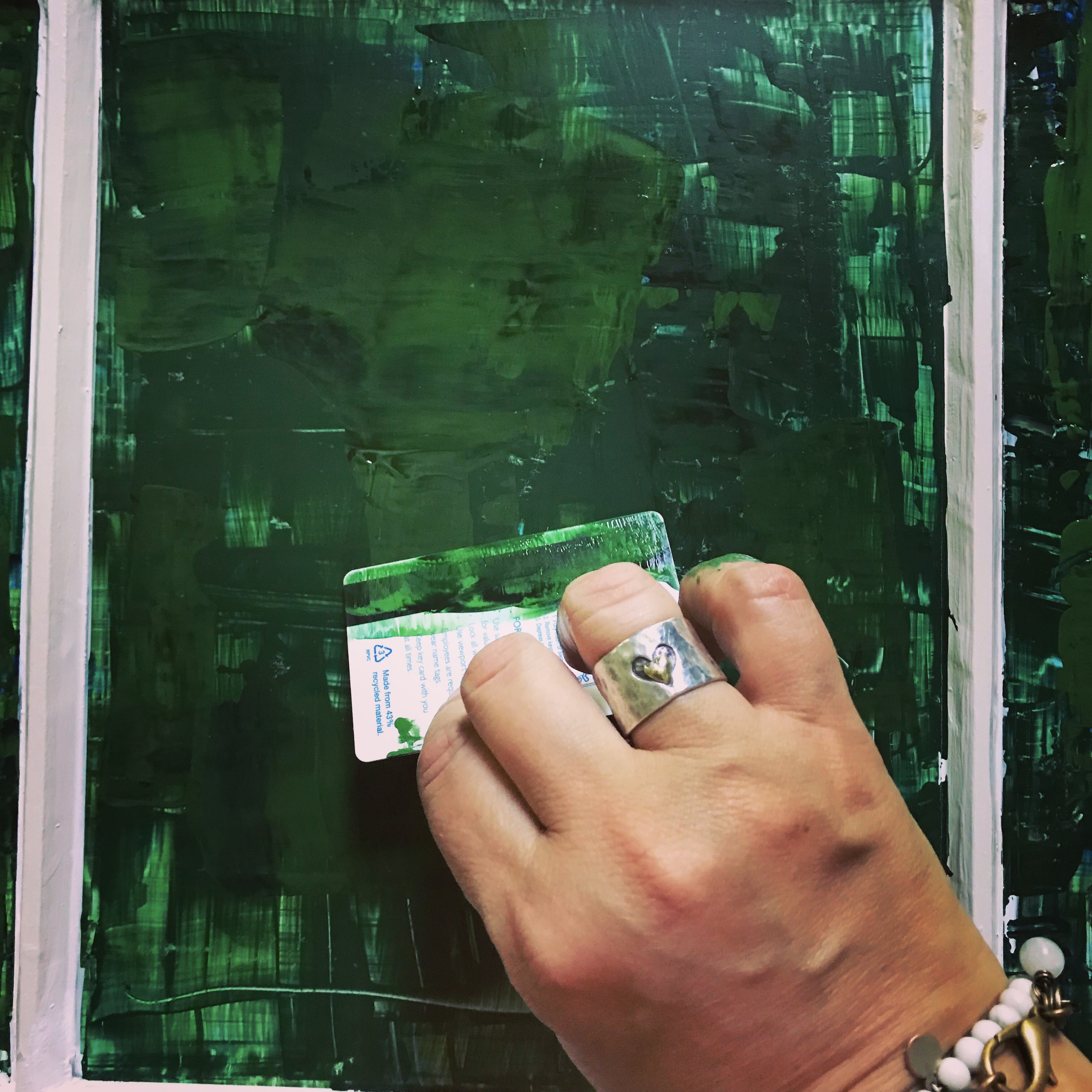
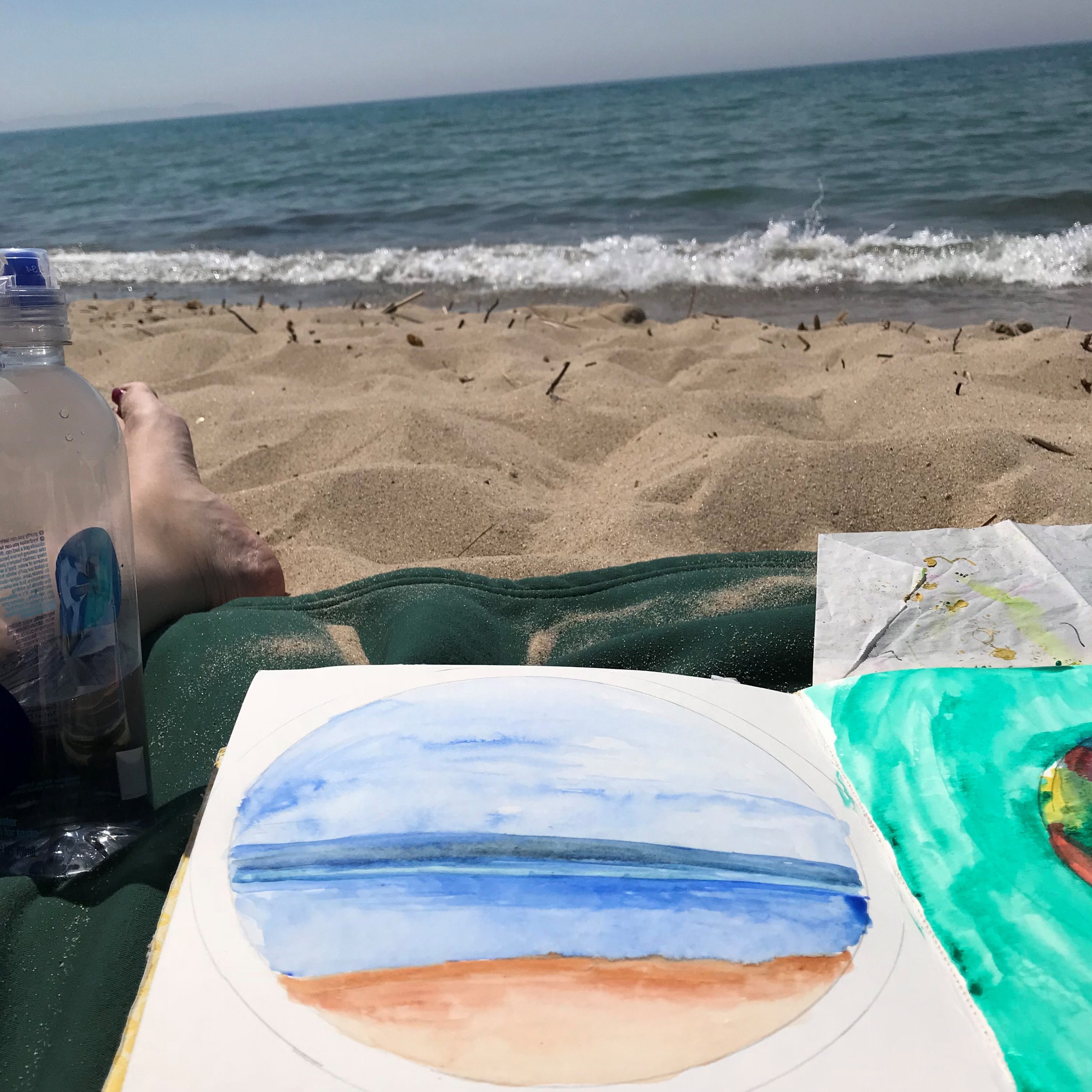 describing the journeys we take with most matters of the heart. “Riding the waves” is a saying that aptly describes the ways in which I am required to navigate the ebb and flow as I work to cultivate and sustain a creative life.
describing the journeys we take with most matters of the heart. “Riding the waves” is a saying that aptly describes the ways in which I am required to navigate the ebb and flow as I work to cultivate and sustain a creative life.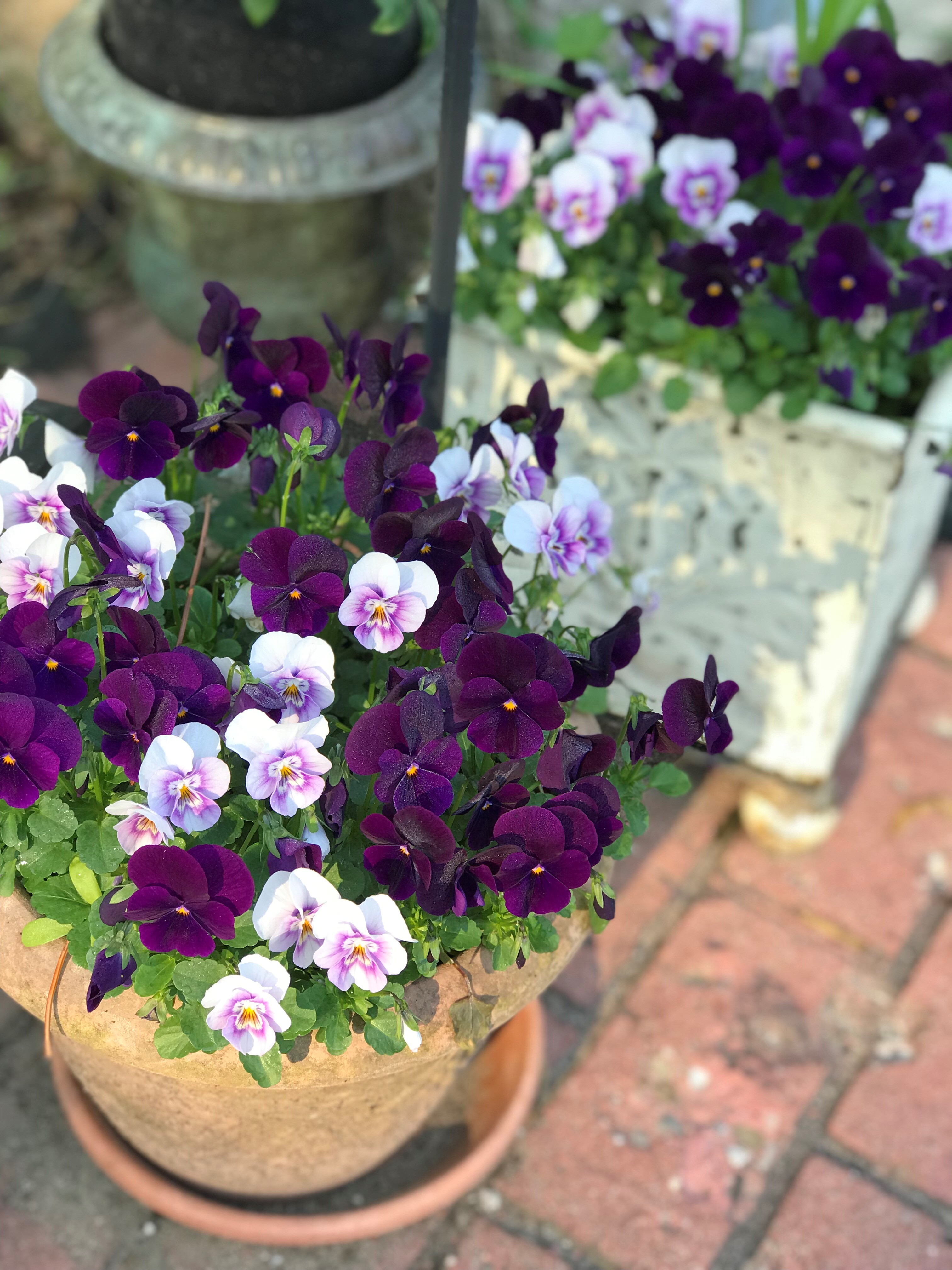
 Anna Oginsky is the founder of Heart Connected, LLC, a small Michigan-based workshop and retreat business that creates opportunities for guests to tune in to their hearts and connect with the truth, wisdom, and power held there. Her work is inspired by connections made between spirituality, creativity, and community. Anna’s first book, My New Friend, Grief, came as a result of years of learning to tune in to her own heart after the sudden loss of her father. In addition to writing, Anna uses healing tools like yoga, meditation, and making art in her offerings and in her own personal practice. She lives in Brighton, Michigan with her husband, their three children, and Johnny, the big yellow dog. Connect with her on her
Anna Oginsky is the founder of Heart Connected, LLC, a small Michigan-based workshop and retreat business that creates opportunities for guests to tune in to their hearts and connect with the truth, wisdom, and power held there. Her work is inspired by connections made between spirituality, creativity, and community. Anna’s first book, My New Friend, Grief, came as a result of years of learning to tune in to her own heart after the sudden loss of her father. In addition to writing, Anna uses healing tools like yoga, meditation, and making art in her offerings and in her own personal practice. She lives in Brighton, Michigan with her husband, their three children, and Johnny, the big yellow dog. Connect with her on her 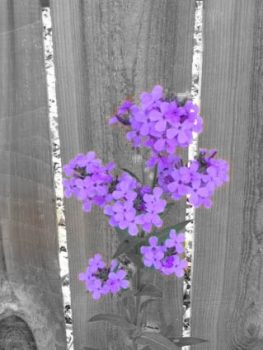

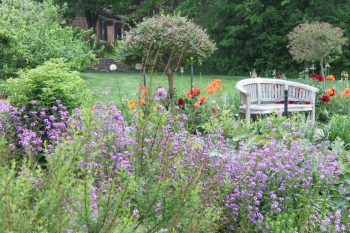
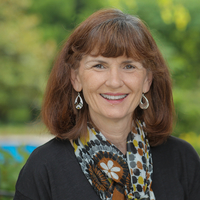 Molly Totoro is a Connecticut Yankee currently residing in the Midwest with her husband and trusty basset. While Molly retired from full-time teaching in 2014 to pursue her writing dreams, she continues to work with students to achieve their writing potential. Molly recently published her first book,
Molly Totoro is a Connecticut Yankee currently residing in the Midwest with her husband and trusty basset. While Molly retired from full-time teaching in 2014 to pursue her writing dreams, she continues to work with students to achieve their writing potential. Molly recently published her first book, 
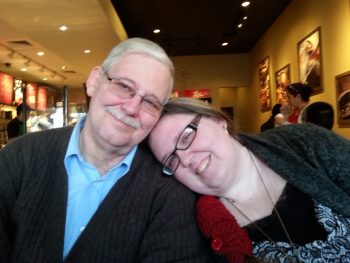 One person could always assuage that fear. No matter how long the night or how deep the darkness, I felt secure when I heard my father’s voice.
One person could always assuage that fear. No matter how long the night or how deep the darkness, I felt secure when I heard my father’s voice. Tabitha is a social media strategist, writer, blogger, and professional geek. Among her published works are the children’s books Jack the Kitten is Very Brave and Machu the Cat is Very Hungry, both published under the name Tabitha Grace Smith. A California girl (always and forever) she now lives in Maryland with her husband, son, and a collection of cats, dogs, and chickens. Find out more about her on her
Tabitha is a social media strategist, writer, blogger, and professional geek. Among her published works are the children’s books Jack the Kitten is Very Brave and Machu the Cat is Very Hungry, both published under the name Tabitha Grace Smith. A California girl (always and forever) she now lives in Maryland with her husband, son, and a collection of cats, dogs, and chickens. Find out more about her on her  “Rinse off,” her grandmother urges from beneath her enormous straw sunhat, the one that offsets the prominence of the equally large bosom sheathed in a practically bulletproof bathing suit.
“Rinse off,” her grandmother urges from beneath her enormous straw sunhat, the one that offsets the prominence of the equally large bosom sheathed in a practically bulletproof bathing suit.
 that are just enough too tall that he must help her.
that are just enough too tall that he must help her.
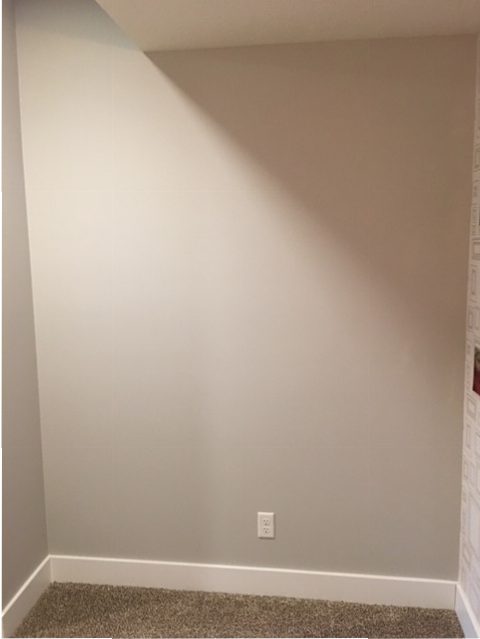 process, and eventually you are going to have a feeling of anxiety. On the other hand, if you walk into a well-organized space, that has function and is aesthetically pleasing, you may get a feeling of calm or a sense of happy. I feel both of these feelings when I walk into my kids playroom, depending on the state of chaos in the room at the time. Either a feeling of anxiety if there are toys all over the floor, or a feeling of calm if it’s clean and organized. Using design to change up the function or look of a space can also help to evoke the feeling that you want for a space.
process, and eventually you are going to have a feeling of anxiety. On the other hand, if you walk into a well-organized space, that has function and is aesthetically pleasing, you may get a feeling of calm or a sense of happy. I feel both of these feelings when I walk into my kids playroom, depending on the state of chaos in the room at the time. Either a feeling of anxiety if there are toys all over the floor, or a feeling of calm if it’s clean and organized. Using design to change up the function or look of a space can also help to evoke the feeling that you want for a space.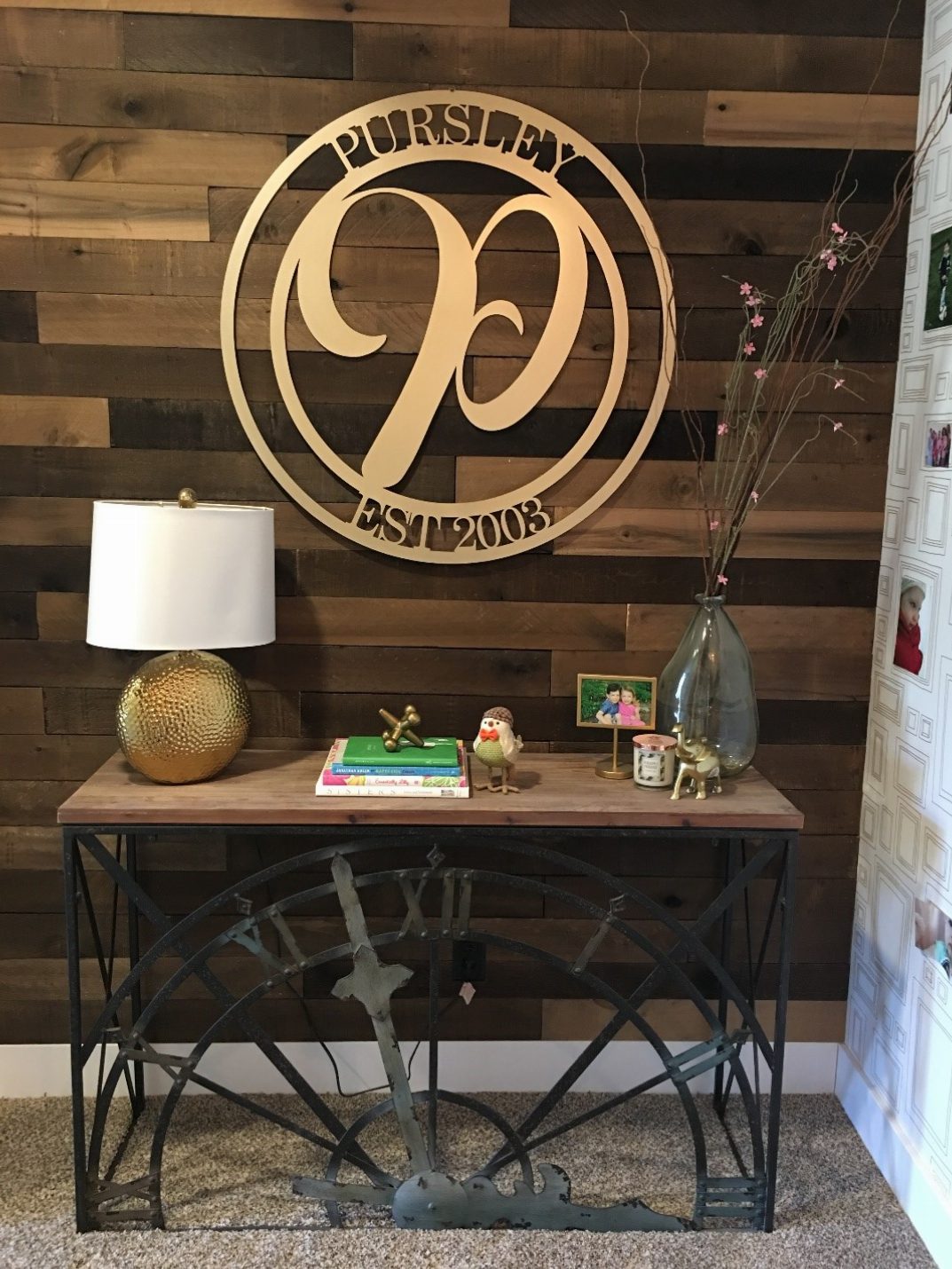
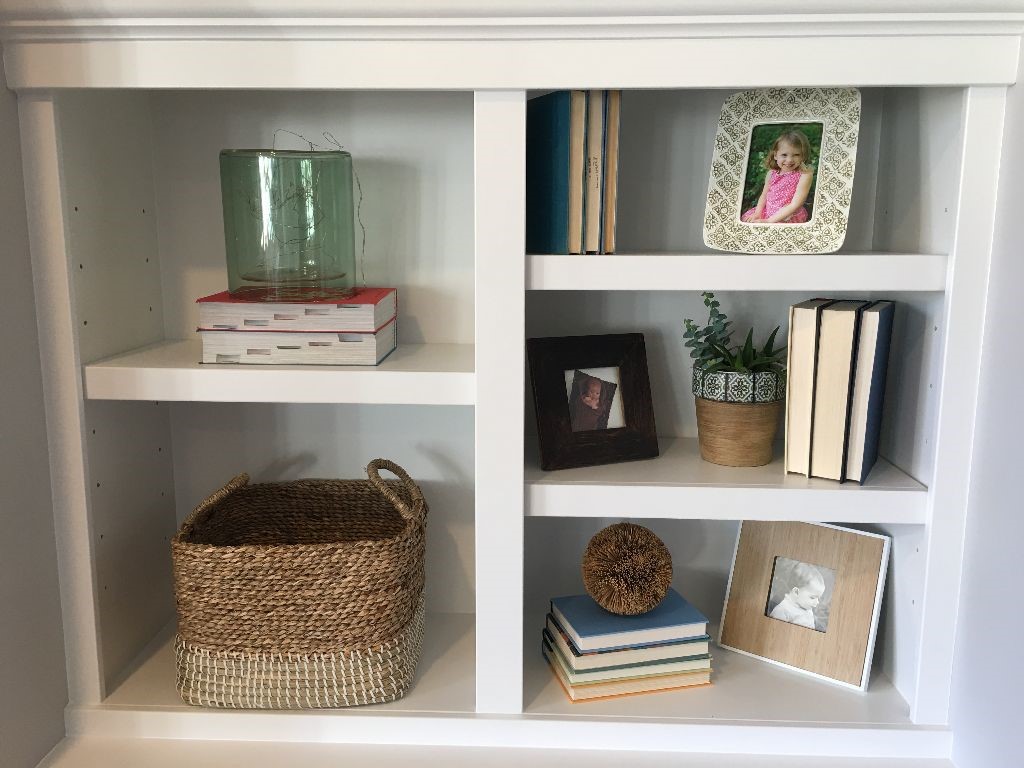
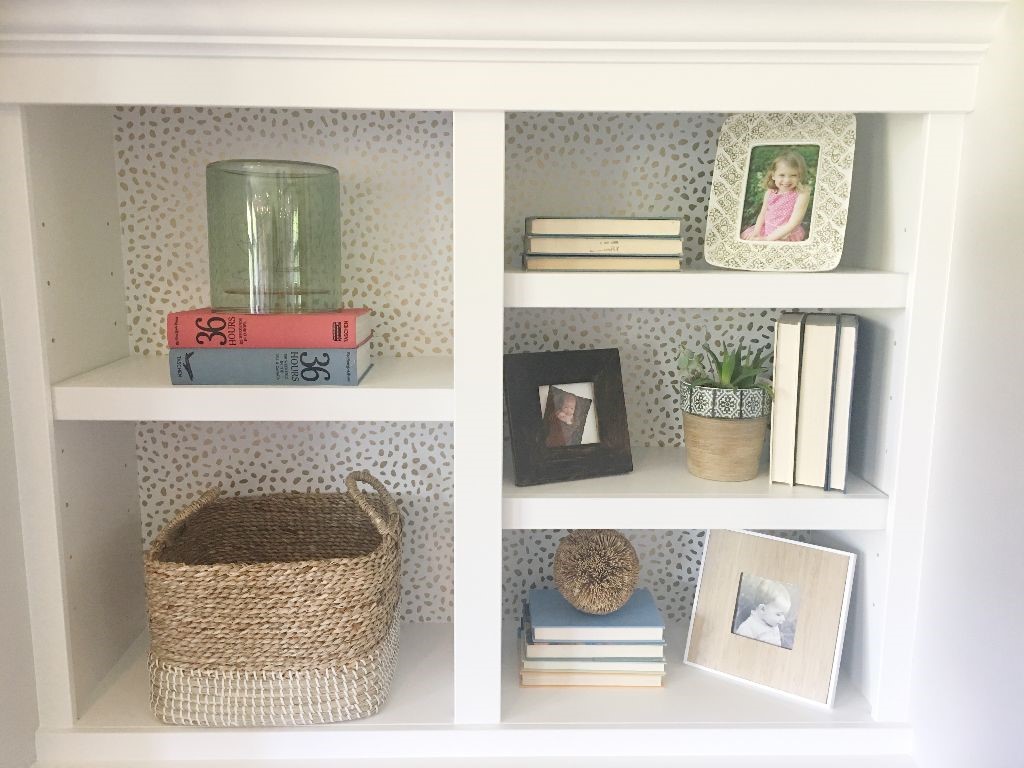
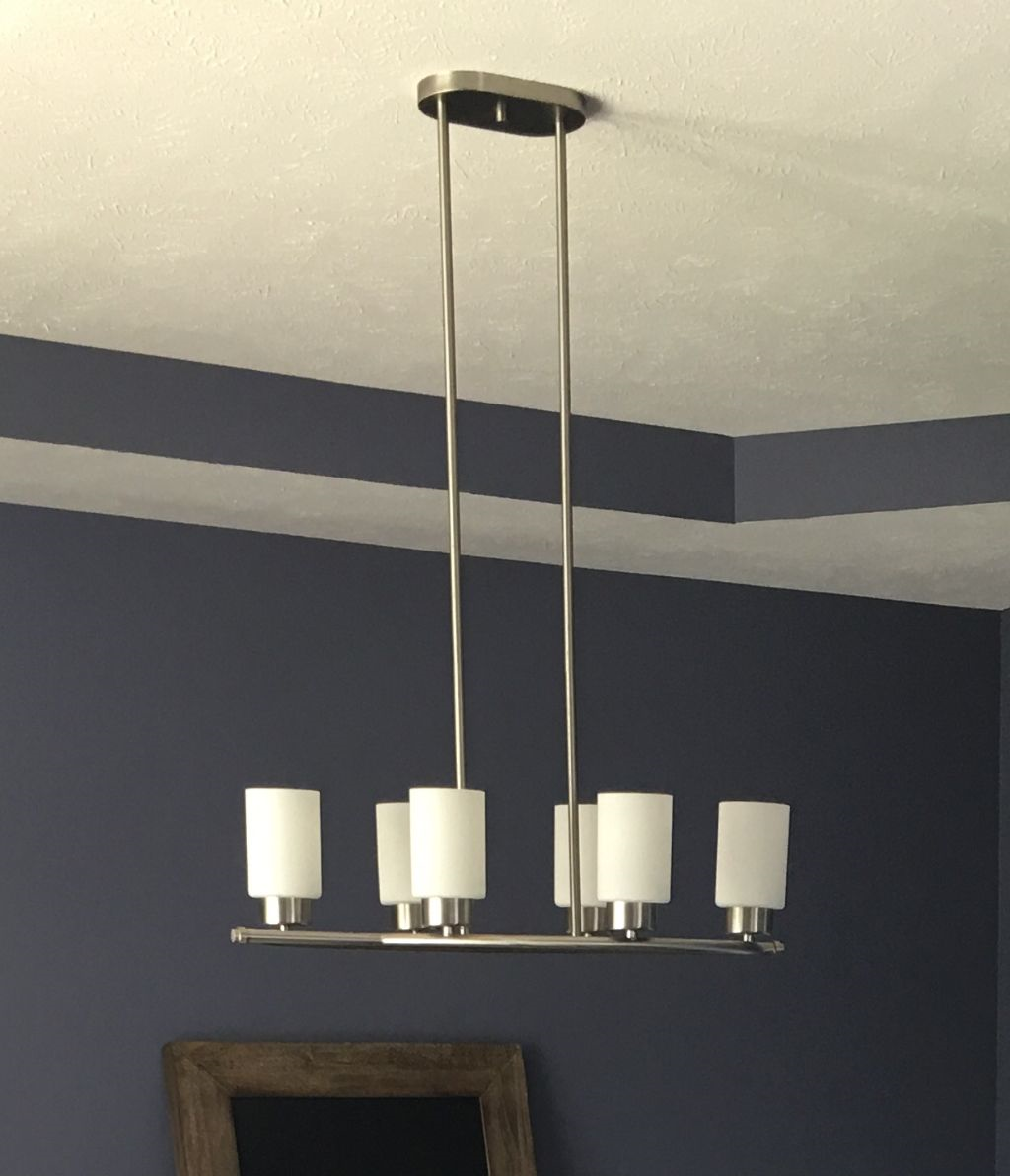
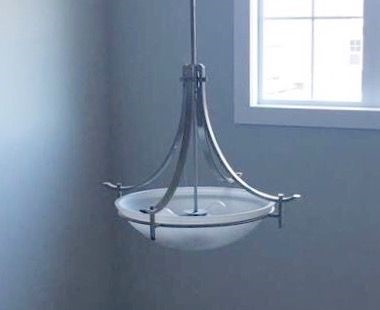
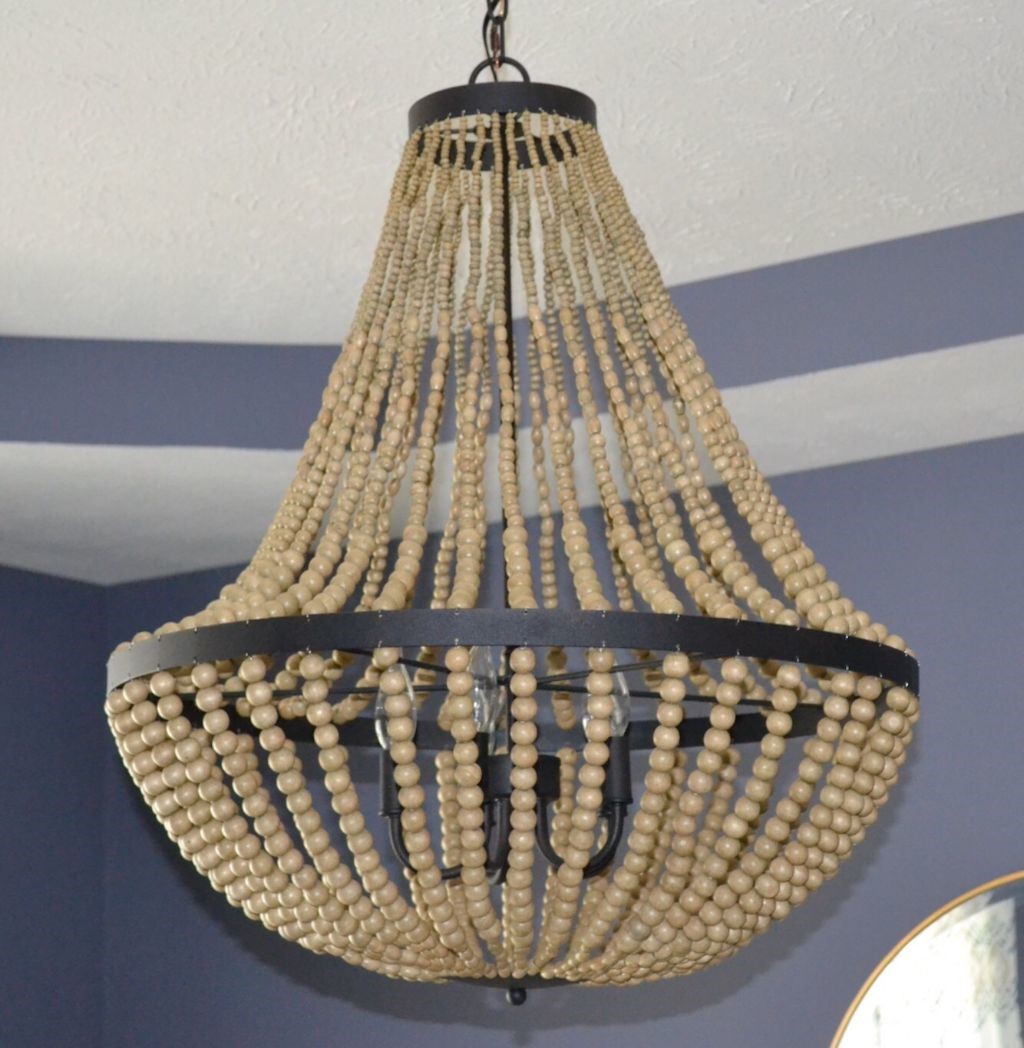
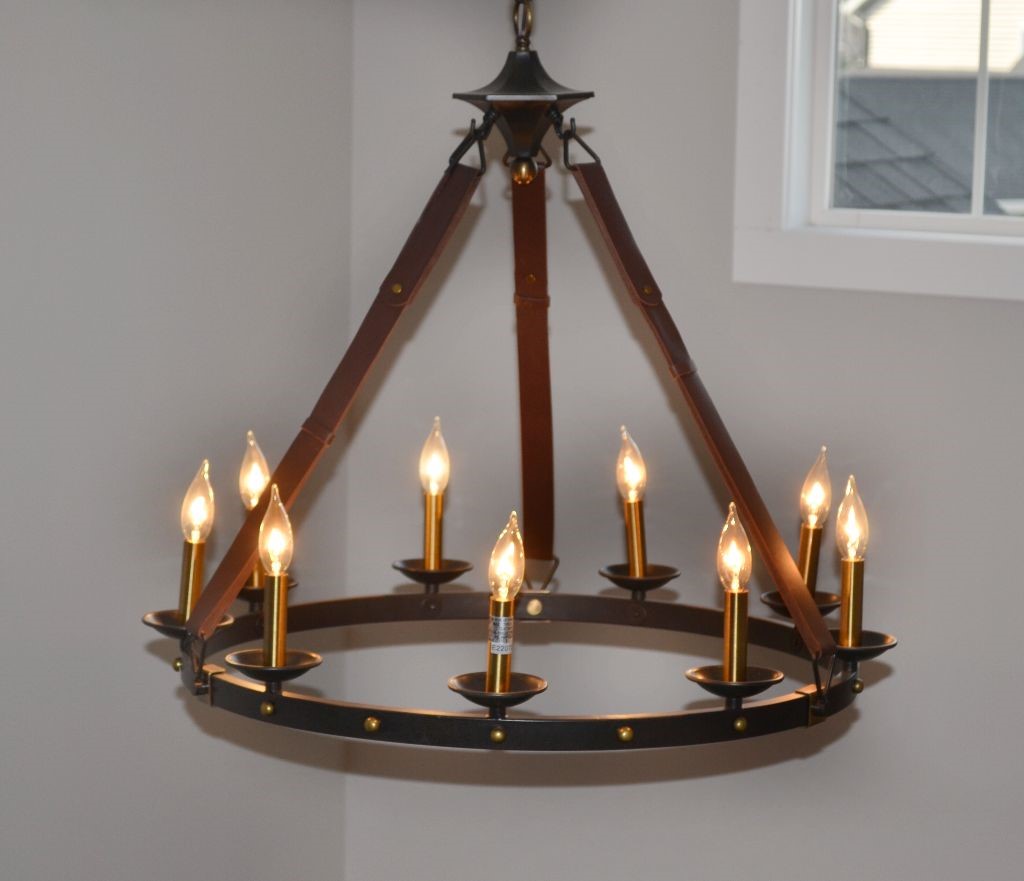
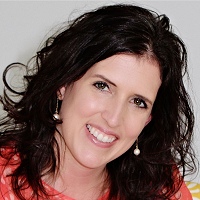 Laura is a home decor blogger, marketing professional, mother of 2, living in Michigan. Laura has a passion for design that she uses to transform her home into a comfortable, livable, beautiful space for her family. Her design motto is that you don’t have to be a designer to have good design in your home. She believes that everyone deserves to be in a space that they love, whatever that means to you.
Laura is a home decor blogger, marketing professional, mother of 2, living in Michigan. Laura has a passion for design that she uses to transform her home into a comfortable, livable, beautiful space for her family. Her design motto is that you don’t have to be a designer to have good design in your home. She believes that everyone deserves to be in a space that they love, whatever that means to you.
 Jeanette McGurk is a Graphic Designer who entered the world of writing through advertising. She discovered writing a lot of truth with a little fluff is a lot more fun than the other way round. Now that she is no longer spending time making air conditioners, tile floors, IT and Botox sound sexy, she writes about the unglamorous yet wonderful moments of life for people like herself; in other words, anyone looking for interesting ways to put off cleaning and doing laundry.
Jeanette McGurk is a Graphic Designer who entered the world of writing through advertising. She discovered writing a lot of truth with a little fluff is a lot more fun than the other way round. Now that she is no longer spending time making air conditioners, tile floors, IT and Botox sound sexy, she writes about the unglamorous yet wonderful moments of life for people like herself; in other words, anyone looking for interesting ways to put off cleaning and doing laundry.
 “Welcome”
“Welcome” week. Although she lived in Pennsylvania and I lived in Texas, eventually we put together a sleepover at my house. We invited several other Trixie friends to join us, the first of three or four ladies’ weekends.
week. Although she lived in Pennsylvania and I lived in Texas, eventually we put together a sleepover at my house. We invited several other Trixie friends to join us, the first of three or four ladies’ weekends. The thing was, though, I had a secret anonymous blog. She found it, figured out it was me, and loyally kept my secrets. After moving to Ohio, and settling down into a semblance of ordinary life, I sent her a long letter, apologizing for drifting away, and making confessions.
The thing was, though, I had a secret anonymous blog. She found it, figured out it was me, and loyally kept my secrets. After moving to Ohio, and settling down into a semblance of ordinary life, I sent her a long letter, apologizing for drifting away, and making confessions. I found out about her death on Facebook.
I found out about her death on Facebook.
